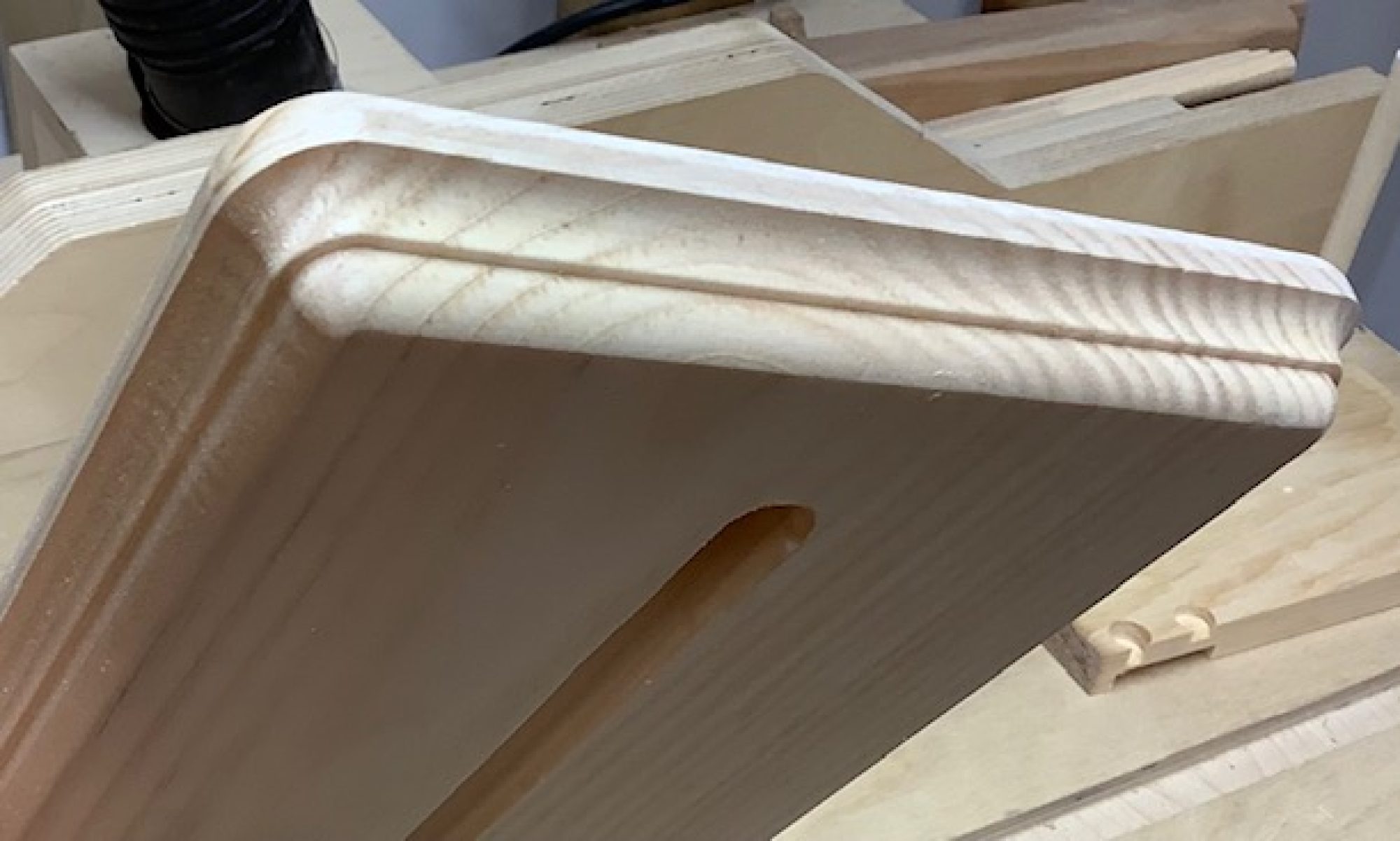Woodworking is an age-old hobby that has been around for centuries. There is great enjoyment to be found in learning to work with wood, creating both practical and beautiful pieces for your home.
If you’re a beginner looking to get started, or already know a few things but want more guidance, there is one tool that you should master first: the router. We’ll be looking at how to use the router for beginners, different router types, router joinery, and many more router basics.
Why the router is the most versatile tool in woodworking
Let’s talk about why the versatility of router woodworking makes it one of the essential woodworking tools for beginners.
First, you can use it for all sorts of woodworking joinery, allowing you to create all sorts of different joints. Dadoes, rabbets, mortises – you name it, this tool can handle it.
Second, you can use it to create many different decorative edges and profiles on your workpieces.
It’s a jack-of-all-trades kind of tool, and that’s what makes it so useful.
Types of routers
Two main router types are used in router woodworking: fixed-base routers and plunge routers.
- Fixed-base routers are more straightforward. They’re designed to be used with a specific base mounted to the router. The base sets the depth of your cut, so you can’t adjust it on the fly. But that’s not a big deal – you can adjust the bit depth before you start your cut. These routers are great for when you need to make consistent cuts.
- Plunge routers are a bit different. They’re designed to be used without a base, which allows you to plunge the bit into the workpiece. This is super handy when you need to start your cut in the middle of a piece of wood, rather than at the edge. You can also adjust the depth of your cut on the fly, which is great for making precision cuts.
Using the router for joinery
One of the main uses of the router in woodworking is for joinery. For a closer look, you can check out my youtube video on Router As An Edge Jointer.
Several types of woodworking joinery can be created with a router, including:
- Dadoes: A dado is a slot cut into a workpiece to hold another piece of wood. The router can create a dado by adjusting the bit’s depth and making multiple passes over the workpiece.
- Rabbets: A rabbet is a groove cut into a workpiece’s edge. Rabbets are used join two pieces of wood together or to create a lip for a door or drawer.
- Mortises: A mortise is a hole cut into a workpiece to hold a tenon. You can make a mortise with multiple passes over the workpiece using a mortising bit.
Using the router for decorative edges
In addition to joinery, the router can also be used to create decorative edges on your workpiece. Several different router bits can be used for this purpose, including:
- Roundover bits: Roundover bits create a rounded edge on your workpiece. They are available in various sizes, allowing you to create everything from a subtle to a dramatic curve on your workpiece.
- Chamfer bits: Chamfer bits create a beveled edge on your workpiece. They can be used to create a decorative edge or remove sharp edges.
- Cove bits: Cove bits create a concave edge on your workpiece. They can be used to create a decorative edge or a recessed area for inlay work.
Conclusion
The router is one of the most essential woodworking tools because of its use in so many different primary tasks. Whether you are creating joints or decorative edges, the router is a must-have tool in any woodworking station. Mastering the router can help you create professional-quality woodworking projects and move you one step closer to overall woodworking mastery.
